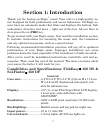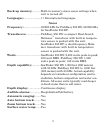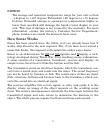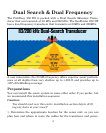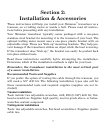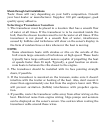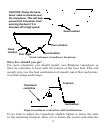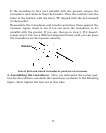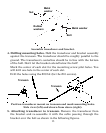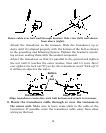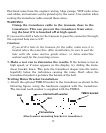8
Shoot-through hull installations
Tools: these will vary depending on your hull's composition. Consult
your boat dealer or manufacturer. Supplies: 100 grit sandpaper, good
quality epoxy adhesive.
Selecting a Transducer Location
1. The transducer must be placed in a location that has a smooth flow
of water at all times. If the transducer is to be mounted inside the
hull, then the chosen location must be in the water at all times. If the
transducer is not placed in a smooth flow of water, interference
caused by bubbles and turbulence will show on the sonar's display in
the form of random lines or dots whenever the boat is moving.
NOTE:
Some aluminum boats with strakes or ribs on the outside of the
hull create large amounts of turbulence at high speed. These boats
typically have large outboard motors capable of propelling the boat
at speeds faster than 35 mph. Typically, a good location on alumi-
num boats is between the ribs closest to the engine.
2. The transducer should be installed with its face pointing straight
down, if possible.
3. If the transducer is mounted on the transom, make sure it doesn't
interfere with the trailer or hauling of the boat. Also, don't mount it
closer than approximately one foot from the engine's lower unit. This
will prevent cavitation (bubble) interference with propeller opera-
tion.
4. If possible, route the transducer cable away from other wiring on the
boat. Electrical noise from engine wiring, bilge pumps and aerators
can be displayed on the sonar's screen. Use caution when routing the
transducer cable around these wires.




